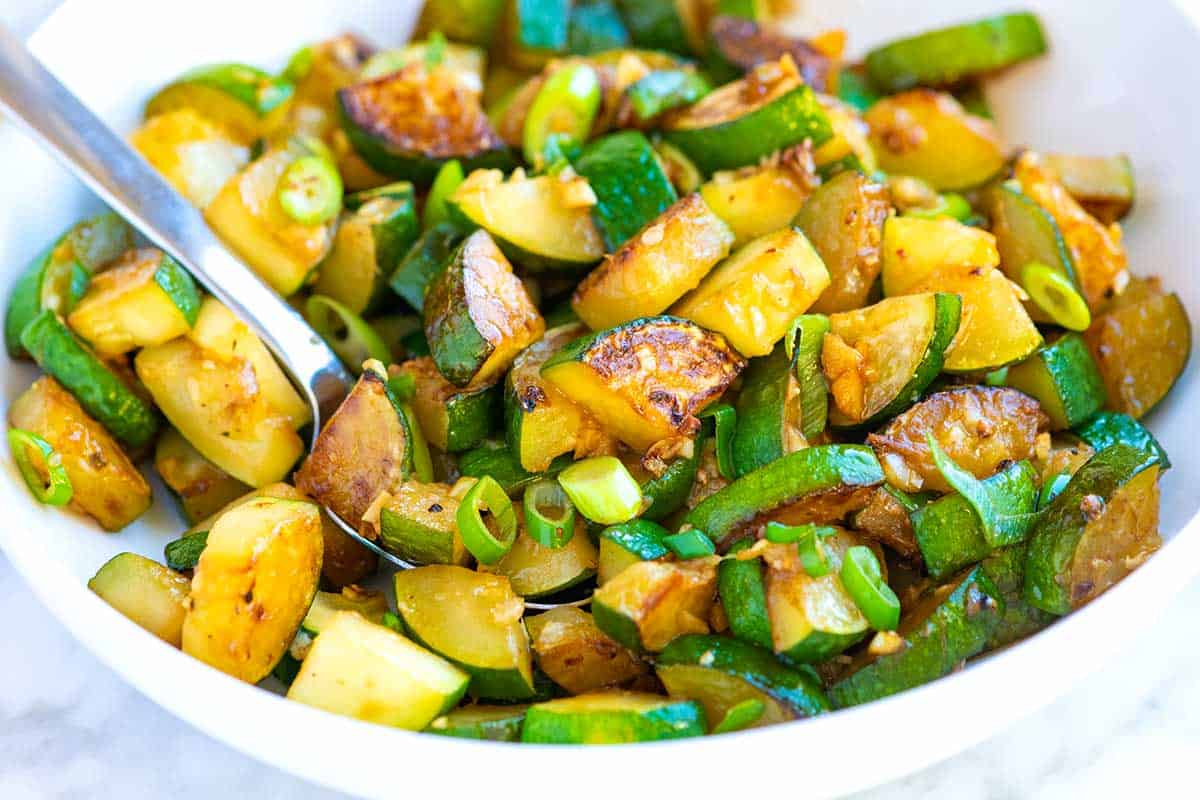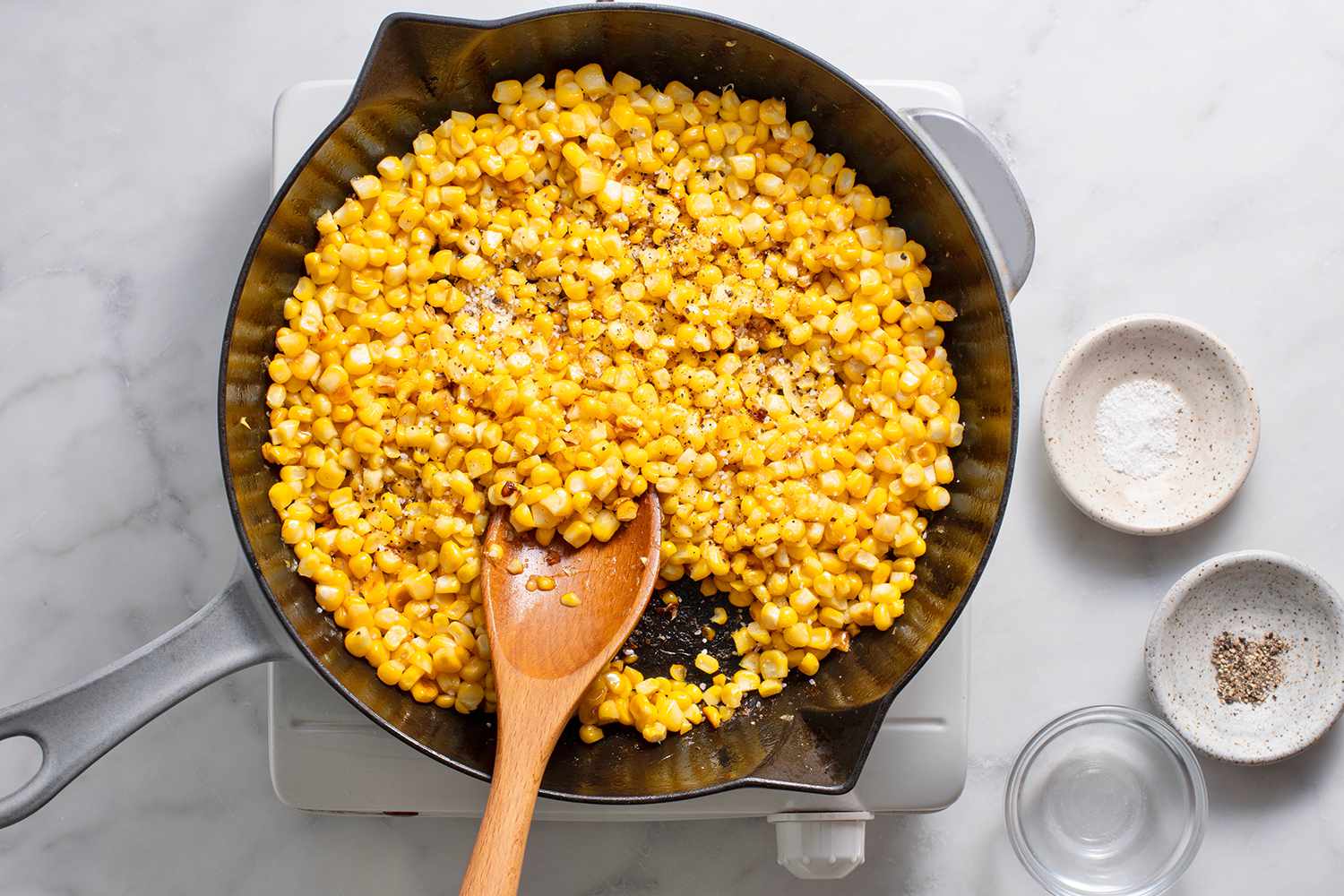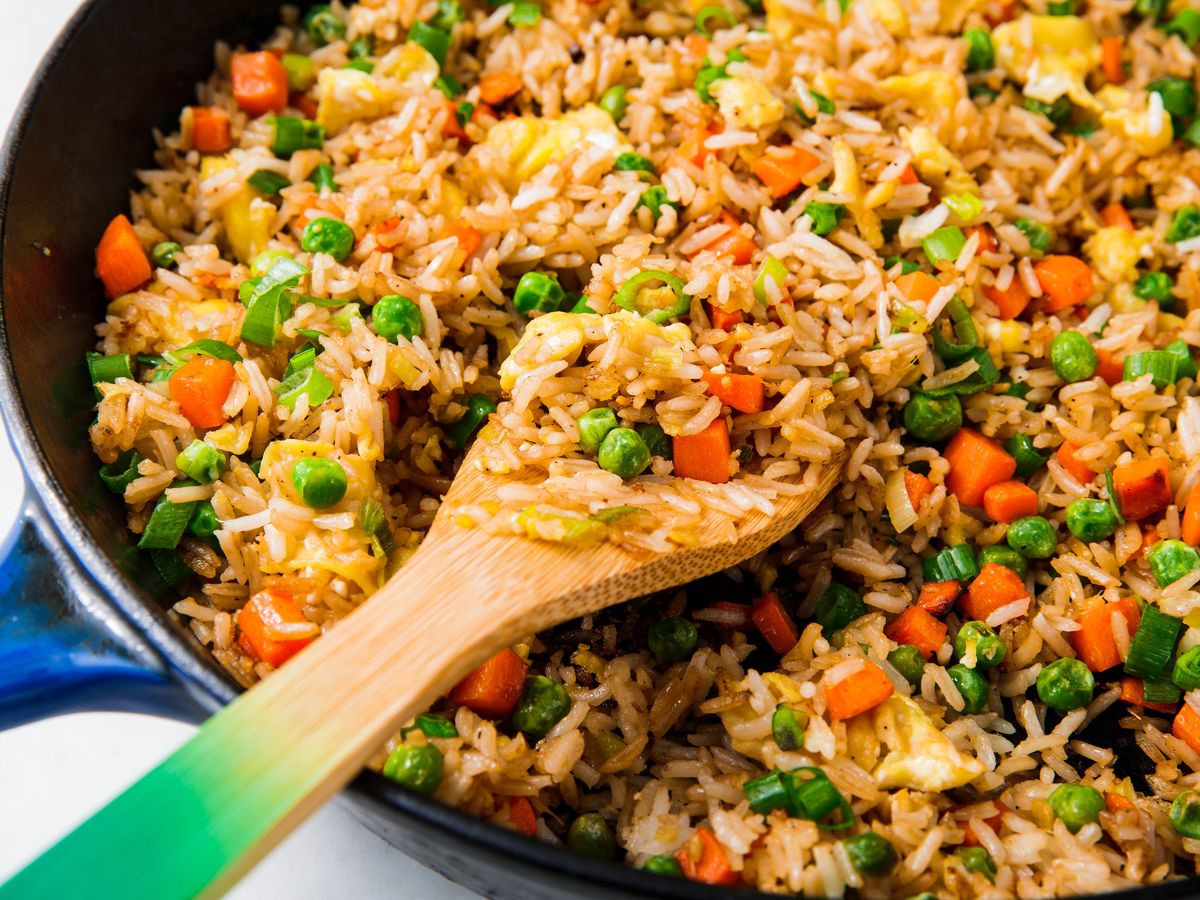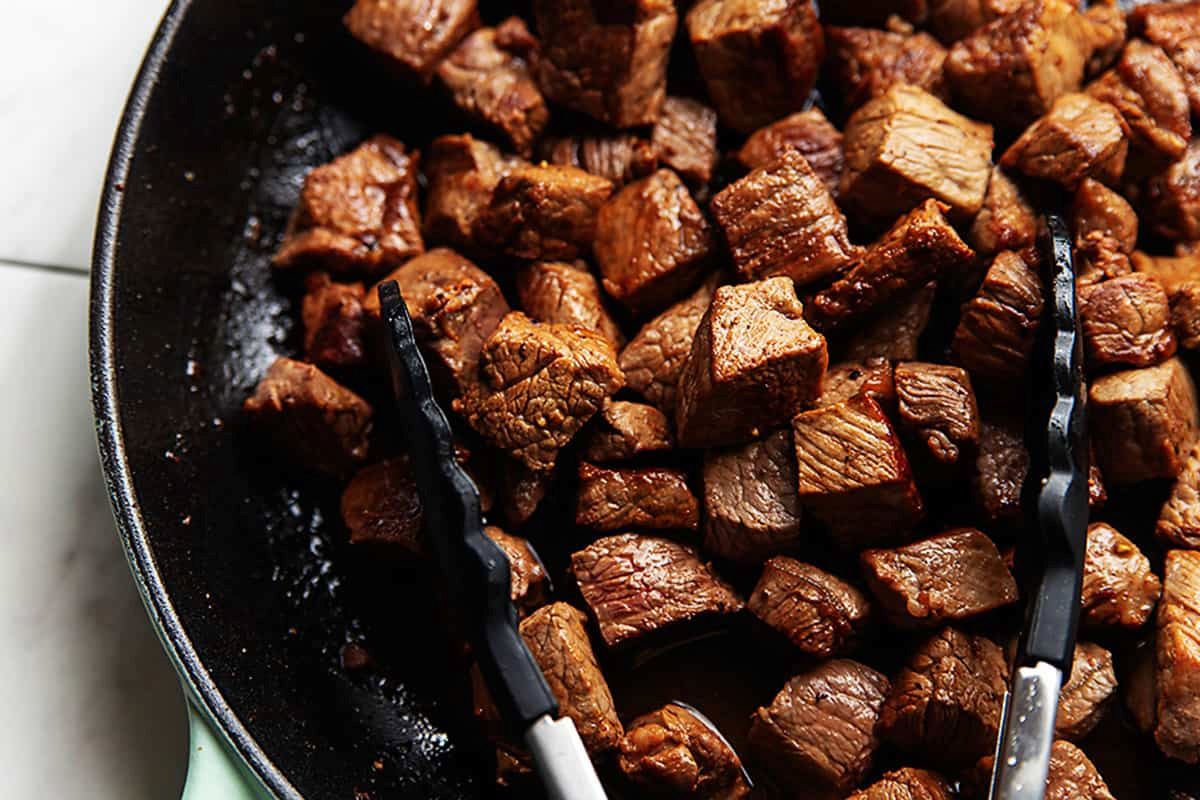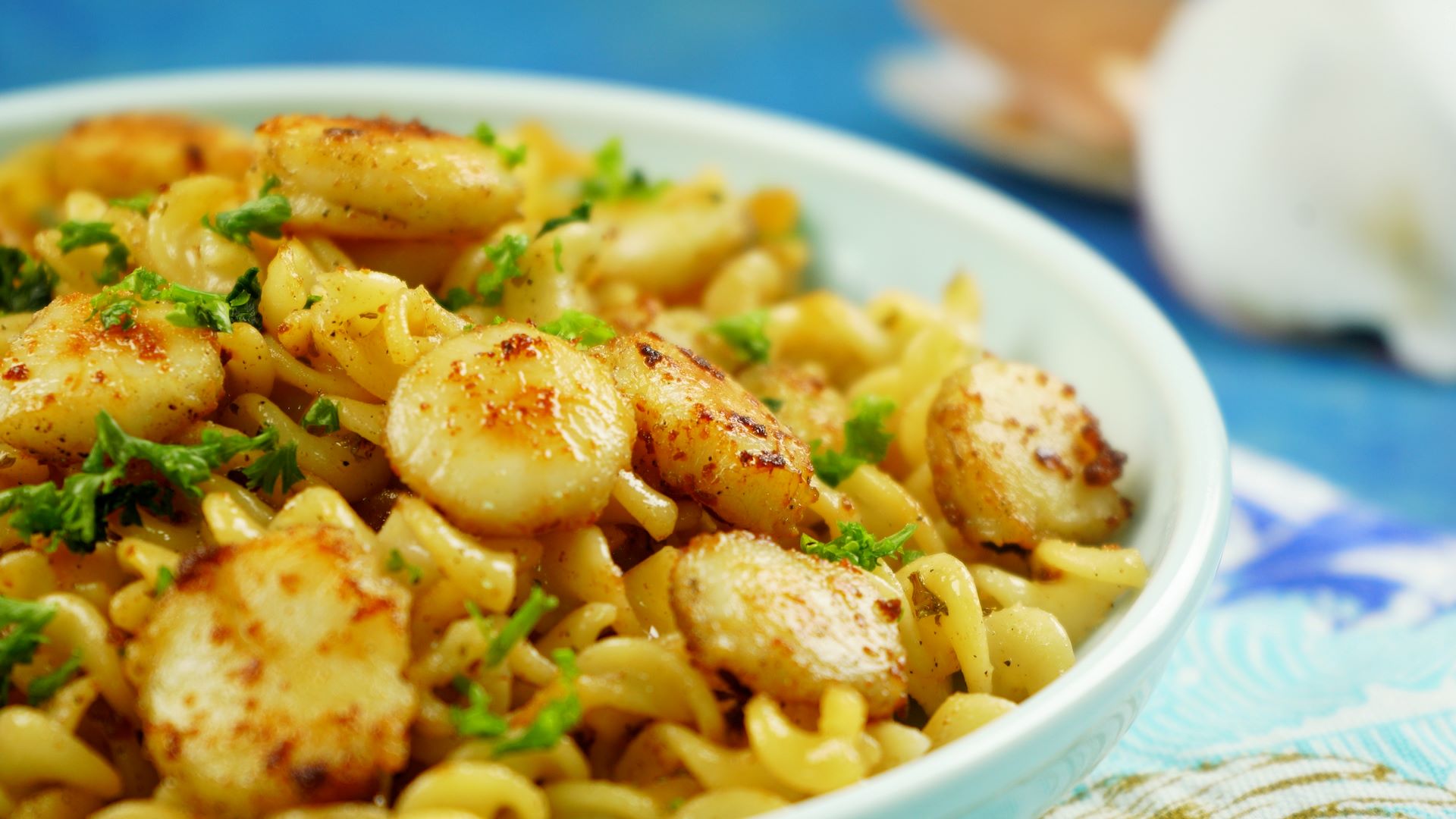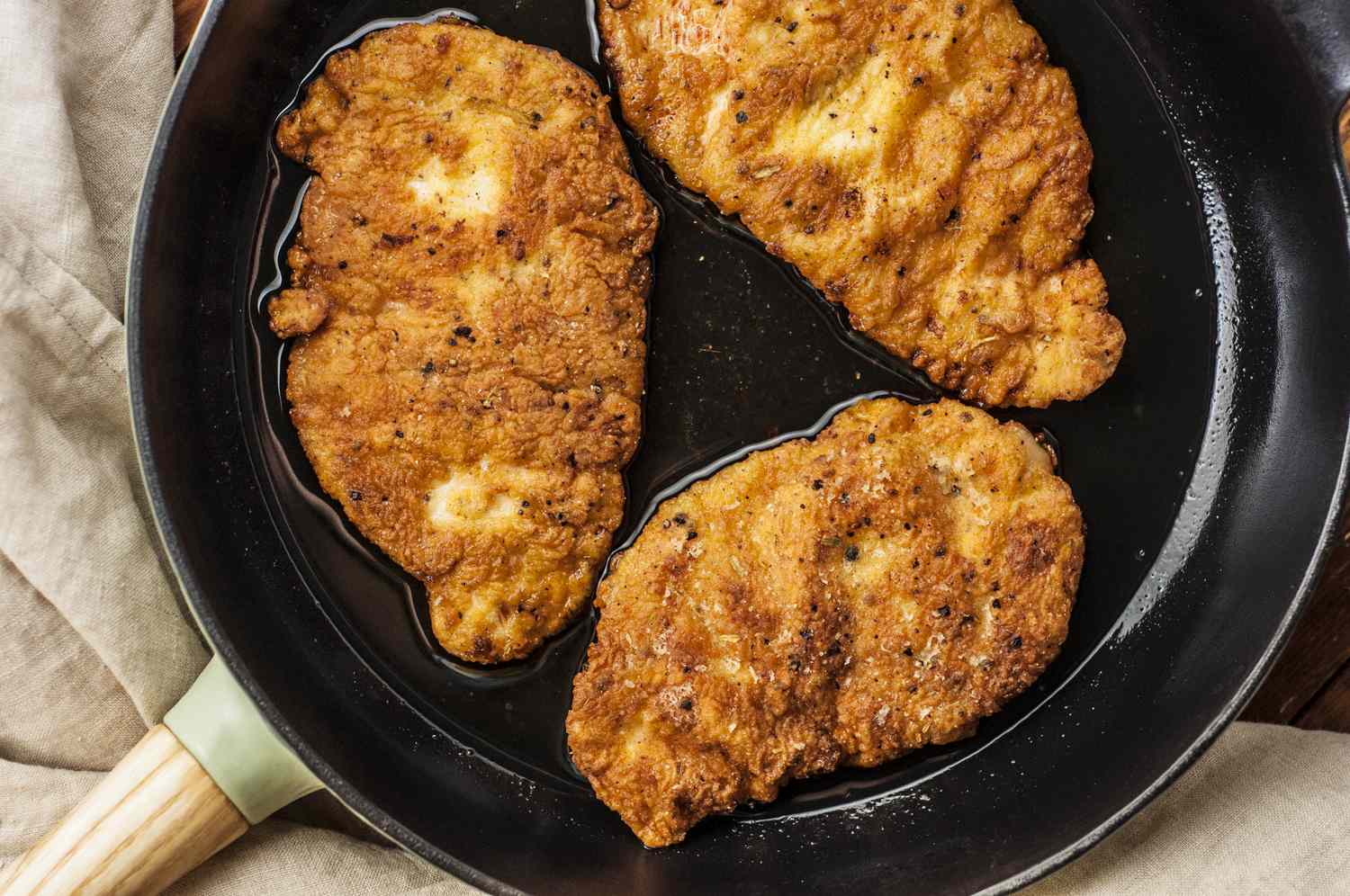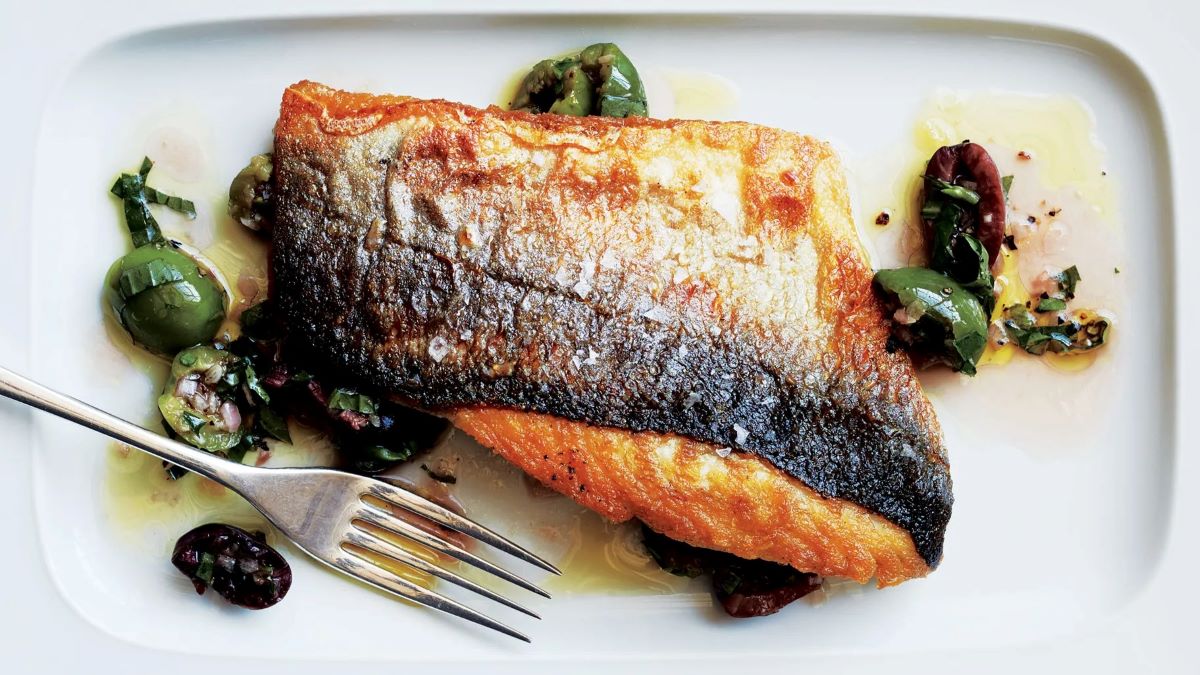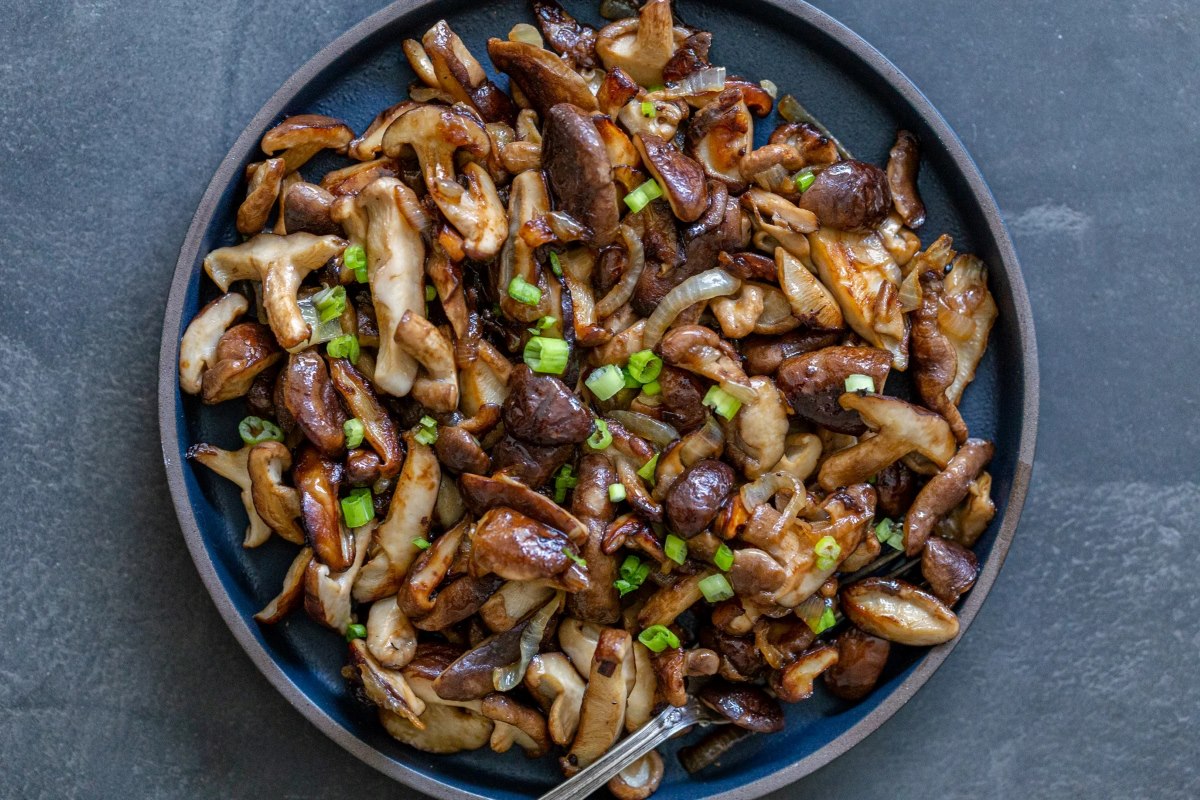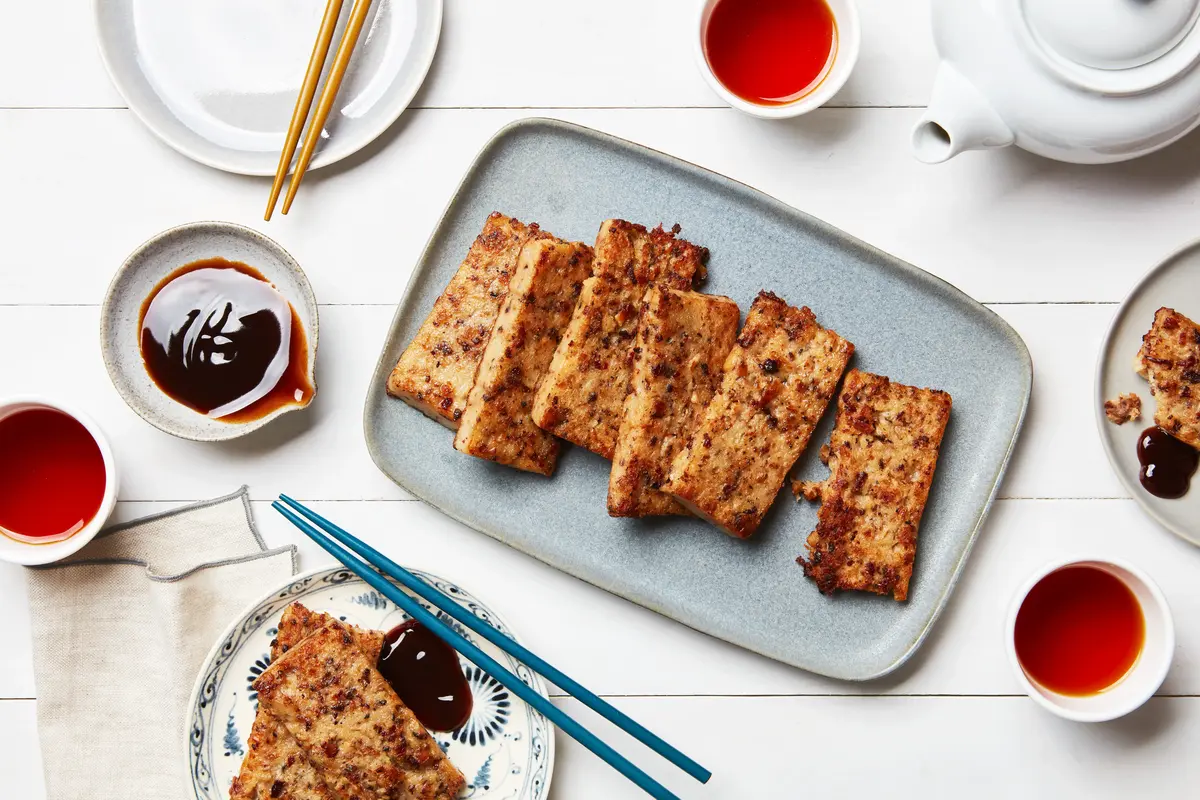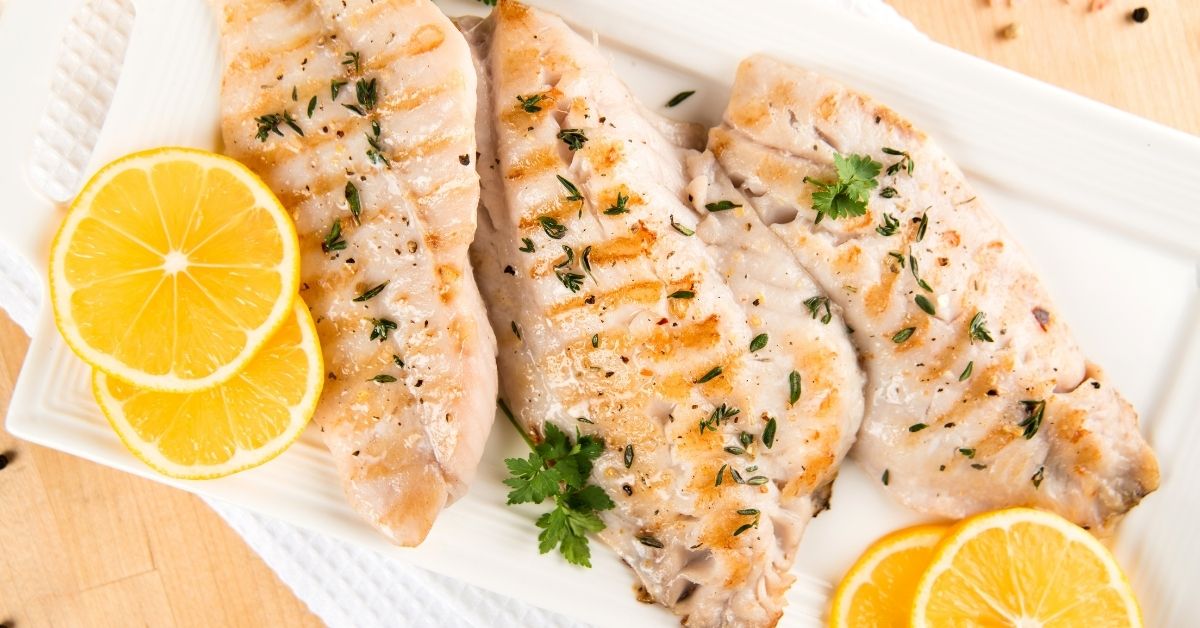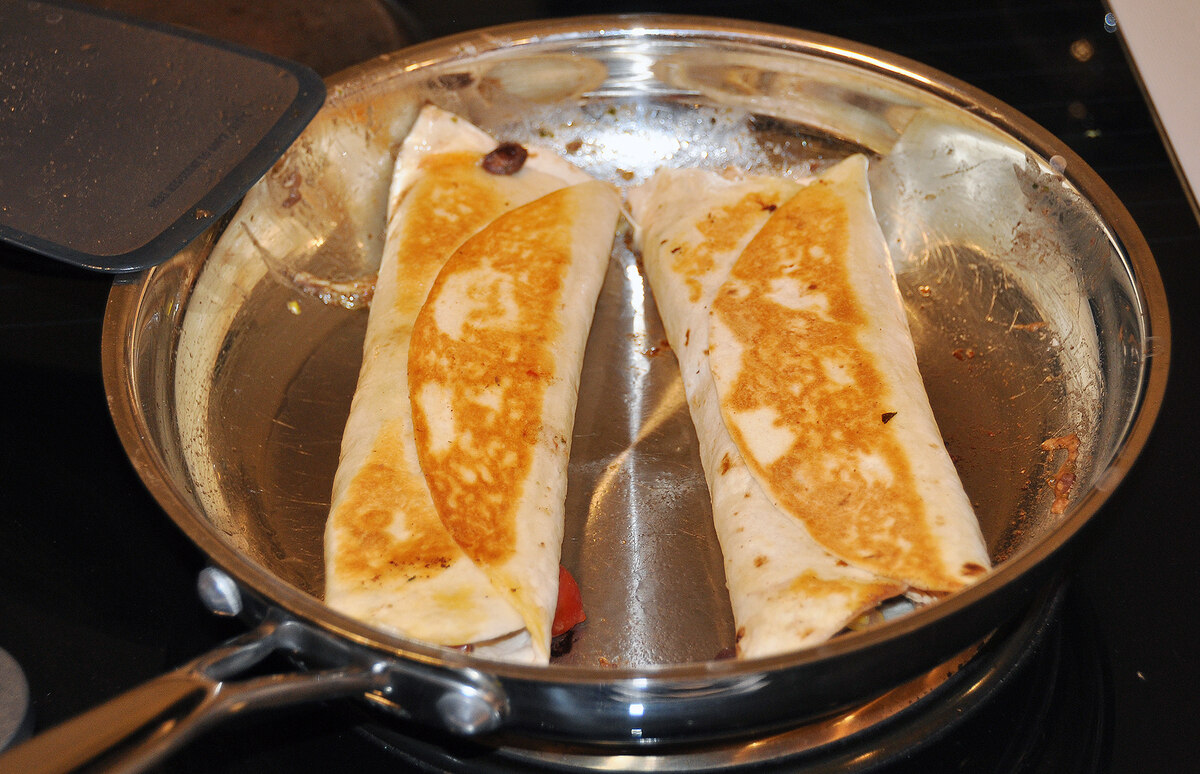Sure, here's the HTML content for your blog post:
How To Pan Fry A Rump Steak
Are you ready to cook up a delicious rump steak? Pan frying is a fantastic way to bring out the rich flavors of this cut of meat. With a few simple steps, you can create a mouthwatering steak that will impress your family and friends. Follow these easy instructions to pan fry a rump steak to perfection.
Ingredients:
- 1 rump steak
- Salt and pepper
- Olive oil or butter
- Garlic (optional)
- Fresh herbs (optional)
Instructions:
- Remove the rump steak from the refrigerator and let it sit at room temperature for about 30 minutes. This will help the steak cook more evenly.
- Season the steak generously with salt and pepper on both sides. You can also add minced garlic or fresh herbs for extra flavor.
- Heat a skillet or frying pan over medium-high heat. Add a drizzle of olive oil or a pat of butter to the pan.
- Once the pan is hot, carefully place the seasoned steak in the pan. Cook the steak for 3-4 minutes on each side for a medium-rare doneness. Adjust the cooking time according to your preference for doneness.
- Use tongs to flip the steak and avoid piercing it with a fork, as this can cause the juices to escape.
- For a more accurate measure of doneness, you can use a meat thermometer. The internal temperature for a medium-rare steak should be around 135°F (57°C).
- Once the steak reaches your desired doneness, remove it from the pan and let it rest for a few minutes. This allows the juices to redistribute, resulting in a juicy and tender steak.
- Slice the steak against the grain and serve it with your favorite side dishes.
Now that you’ve mastered the art of pan frying a rump steak, you can enjoy this delectable dish anytime. Whether you’re cooking for a special occasion or simply craving a hearty meal, a perfectly pan-fried rump steak is sure to satisfy your appetite. Experiment with different seasonings and cooking times to find the perfect combination that suits your taste. With a little practice, you’ll become a pro at cooking up mouthwatering rump steaks that will have everyone asking for seconds!
Was this page helpful?
Read Next: How To Pan Fry Breaded Steak
